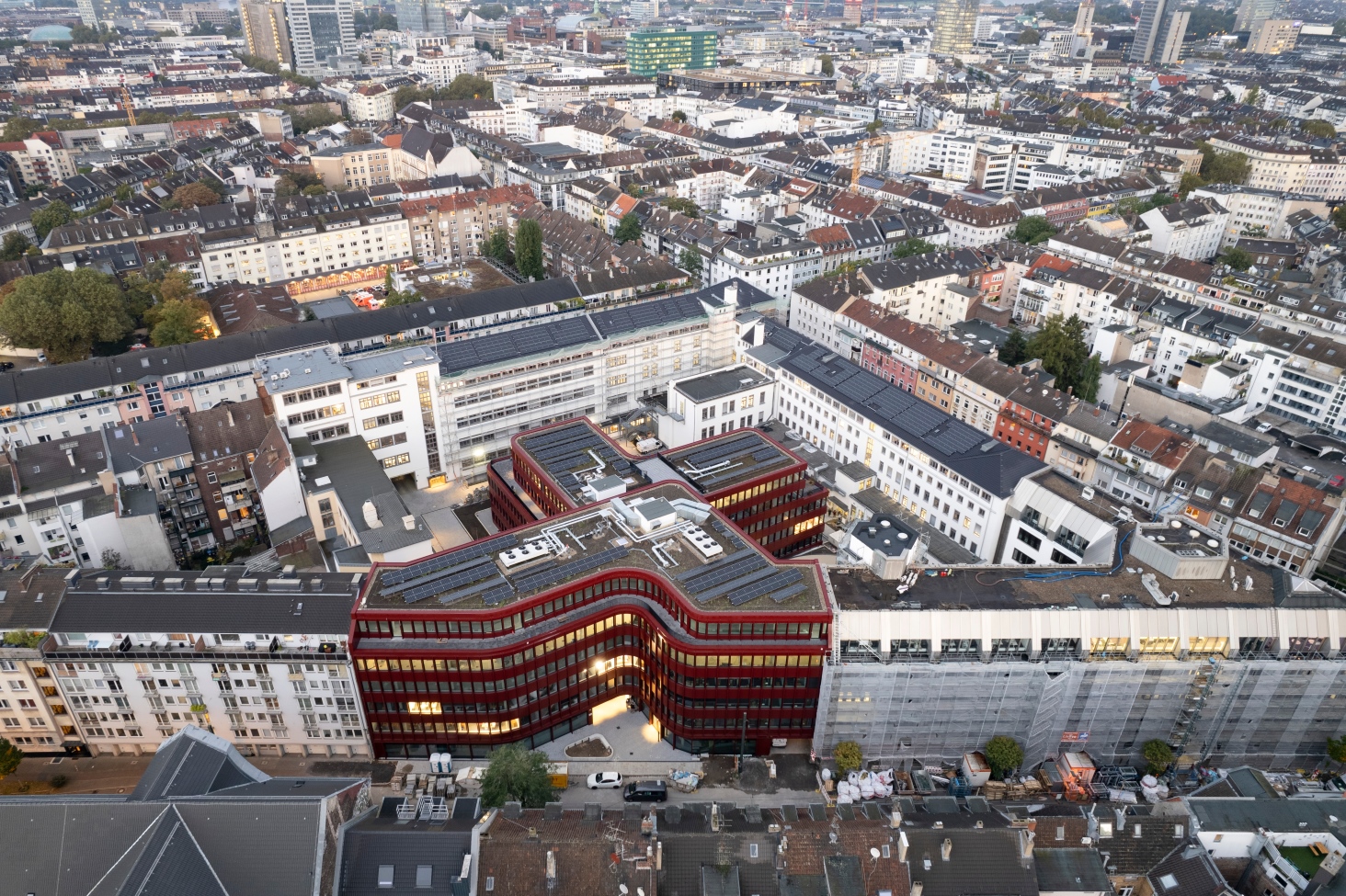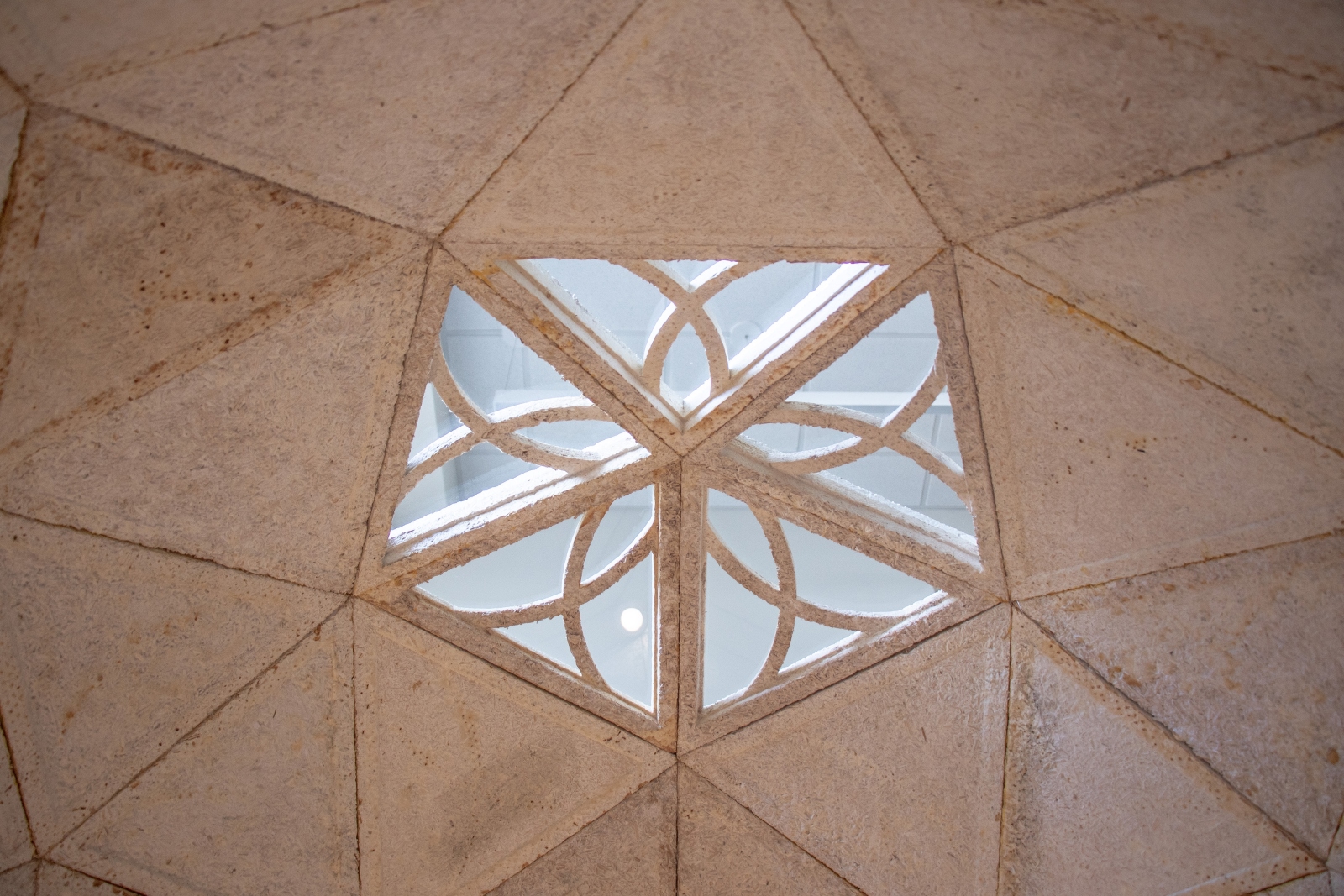Tetro presents Açucena House, a place immersed in lush Atlantic Rainforest nature including large leafy trees, foliage, shrubs, birds, and wild animals. Casa Açucena is inserted into a challenging topography with a steep slope, characteristic of the Nova Lima region in Minas Gerais, Brazil.
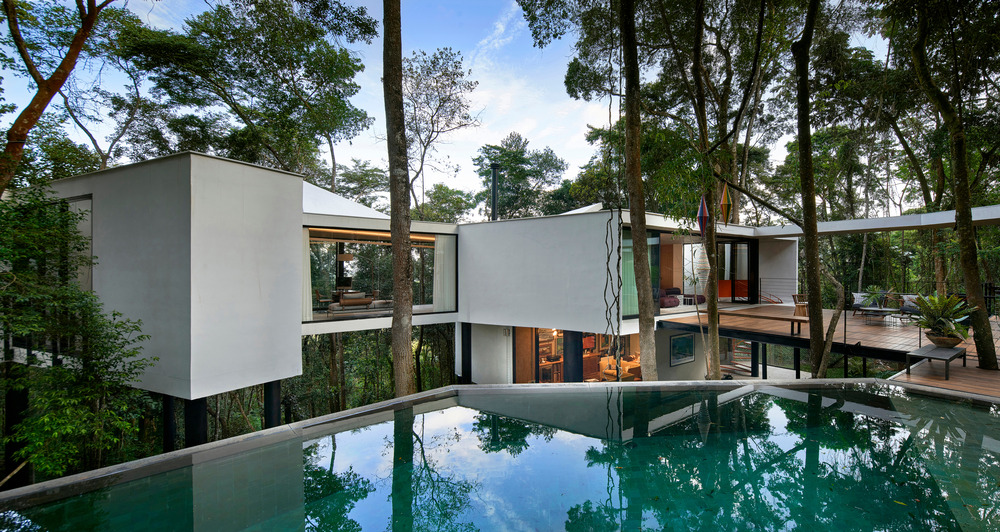

The project is a response to a sensitive reading of the terrain, where first contact dictated the need to maintain its natural characteristics. The act of looking upwards, from the ground to the fifteen-meter canopy of the trees, was decisive for the creation of a concept addressing the challenge of building in a place with such steep topography, while maintaining its natural surroundings and providing residents with the daily experience of looking up and seeing the sky through the treetops.
The initial understanding was that the architecture should mould itself to the terrain, and not the other way around. Açucena House rises above the ground, while animal and plant life develops underneath. The program shapes itself as a harmonious balance of art and nature, occupying the empty spaces between the trees, without removing any or altering the topography. From that starting point, all design decisions are made as responses to reinforce that concept.
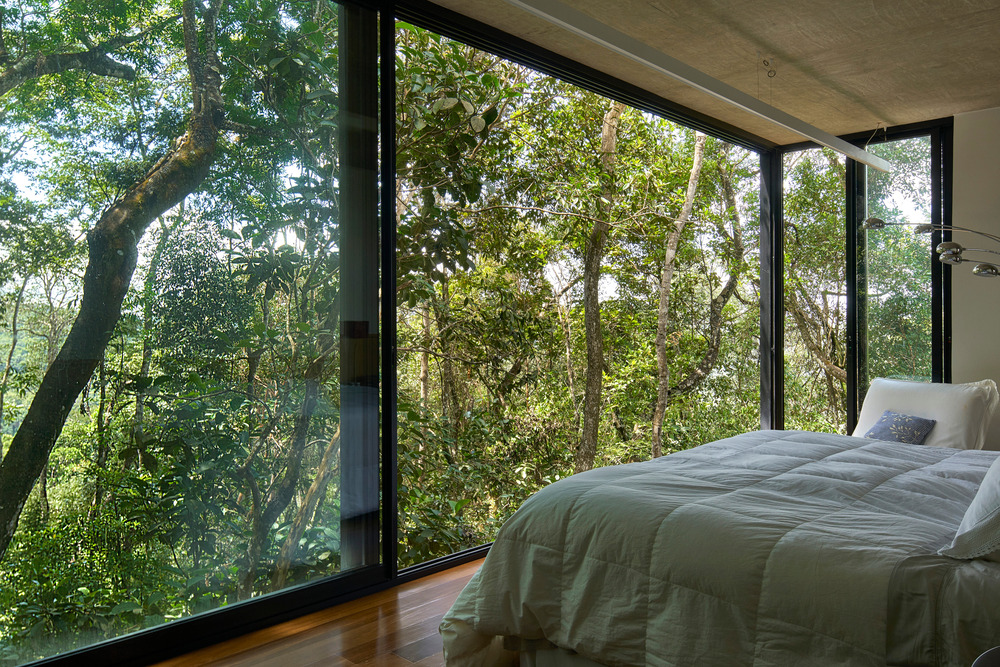
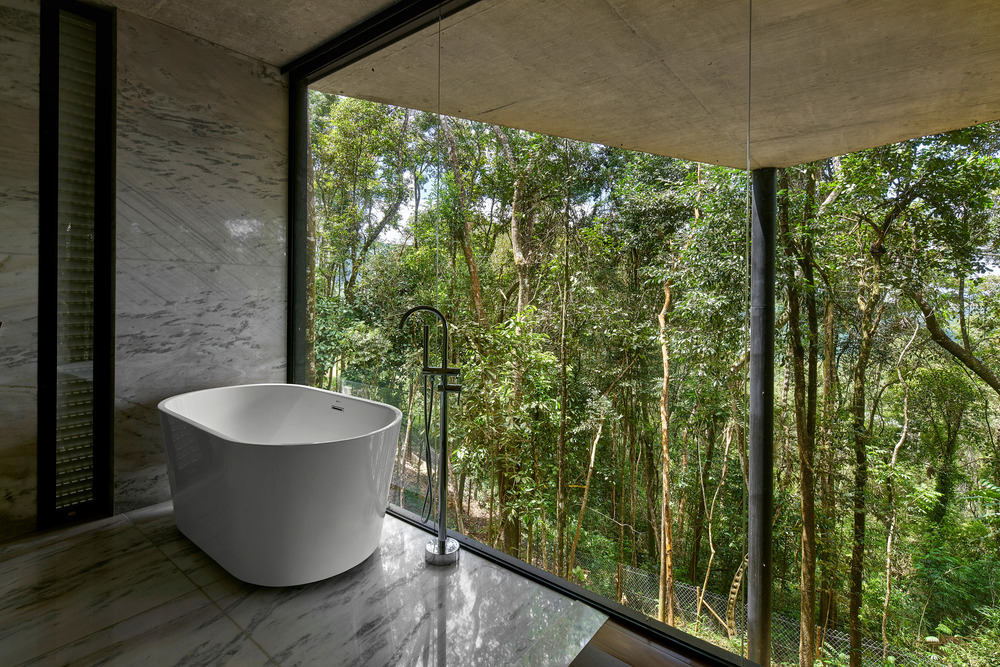
The house, in its white colour, is surprising to those arriving, with its randomly placed black pillars blending in with the tree trunks. The house appears to float, with a fluid plan dictated by the program’s occupation among the trees, and its openings and folds in the slab, reaching the view of the treetops and generating volumetry. The architecture is harmoniously inserted alongside the natural vegetation, while still maintaining its presence. Surprise and novelty are values inherent to art, and Casa Açucena presents itself as a white flower in the midst of nature.
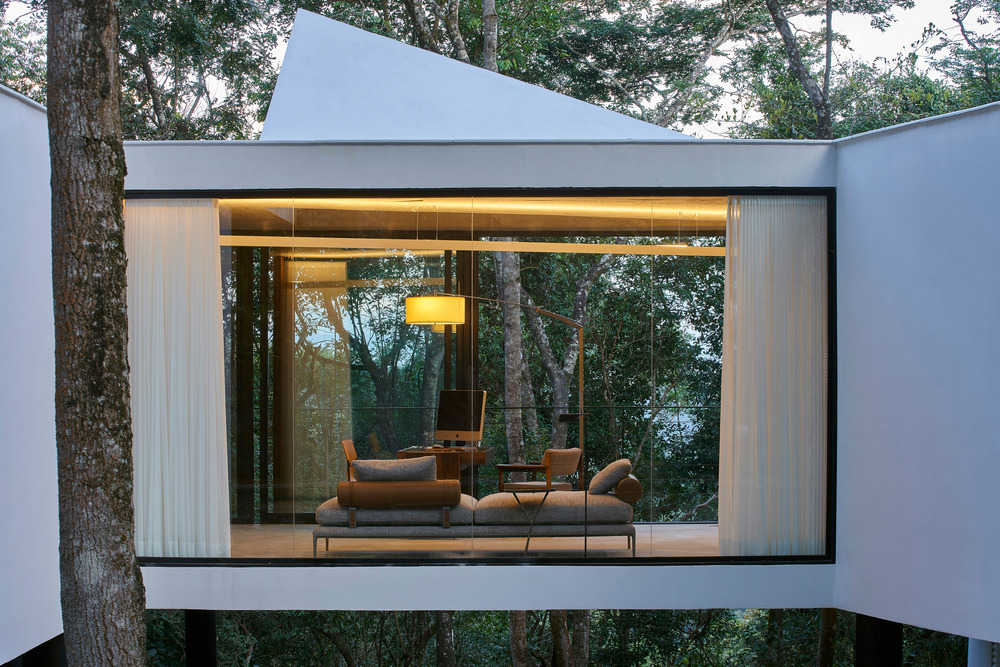

Source: v2com newswire





